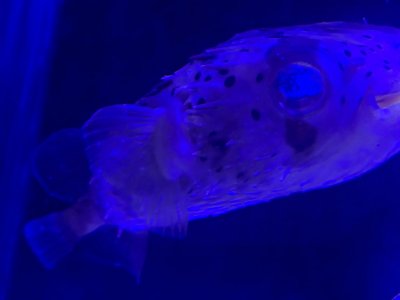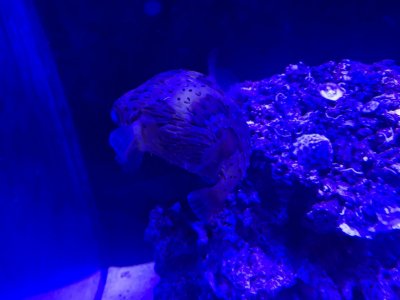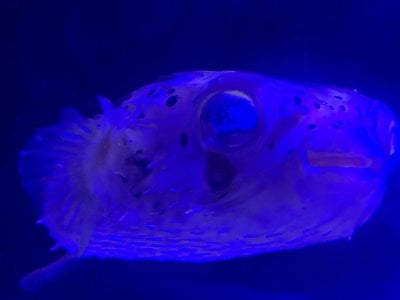- Joined
- Apr 12, 2020
- Messages
- 36
- Reaction score
- 36
Hello,
I found out yesterday my puffer has developed ich. Picture below. I have a total of 4 fish in my tank including my puffer. How do I go about treating it in a QT. I just set one up today. Can I put all of them inside with out cycling my QT tank. When I hit the therapeutic levels of copper do I stop adding copper in? How long do I treat them?
My DT has corals and iverts inside so I cannot treat in DT. It will be fallow for 76 days. Do I stop dosing NOPOX during this period since there won’t be much fish?




I found out yesterday my puffer has developed ich. Picture below. I have a total of 4 fish in my tank including my puffer. How do I go about treating it in a QT. I just set one up today. Can I put all of them inside with out cycling my QT tank. When I hit the therapeutic levels of copper do I stop adding copper in? How long do I treat them?
My DT has corals and iverts inside so I cannot treat in DT. It will be fallow for 76 days. Do I stop dosing NOPOX during this period since there won’t be much fish?
























